CEREC Same Day Crowns
A Brief History of CEREC’s Advanced Technologies
Rossen Dental offers same-day porcelain crowns using the CEREC 3D imaging system. The CEREC procedure, developed at Zurich University, has been successfully employed in dental practices since 1985, marking 30 years of proven efficacy. With a global presence, over 45,000 practices in more than 50 countries utilize the CEREC system. Throughout its existence, the CEREC procedure has treated over 8 million patients, resulting in the creation and placement of more than 20 million ceramic restorations. Long-term clinical studies attest to the durability of CEREC restorations, demonstrating equivalence to gold restorations and, in some cases, surpassing them in results.
Benefits of CEREC

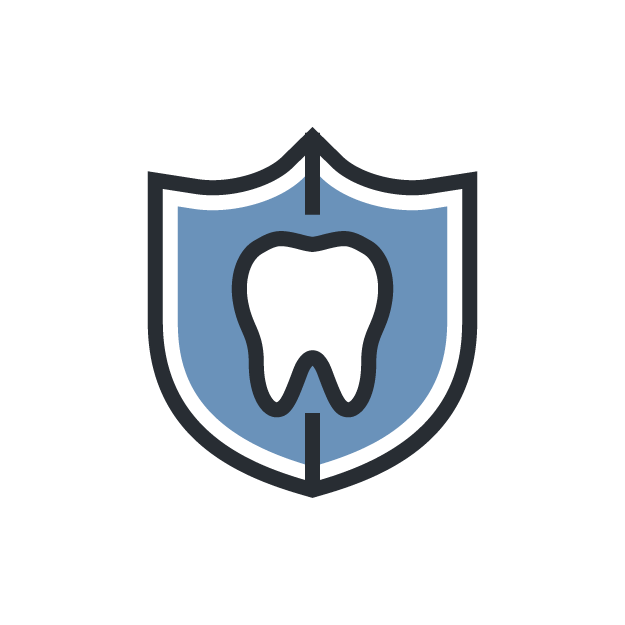
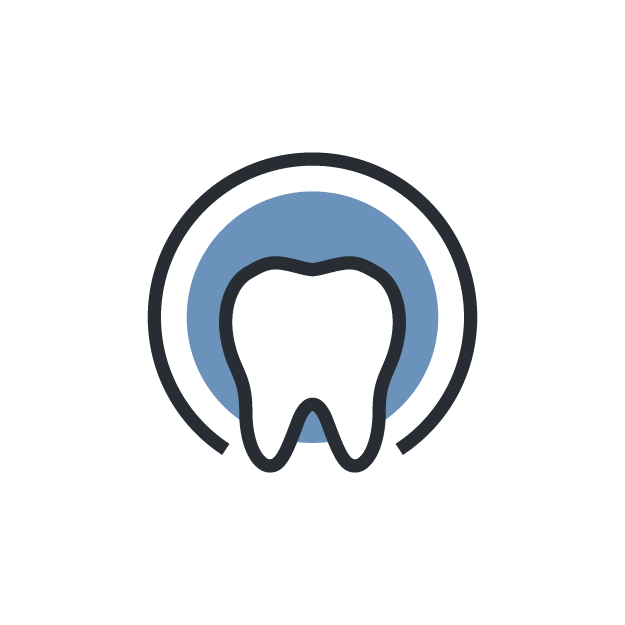
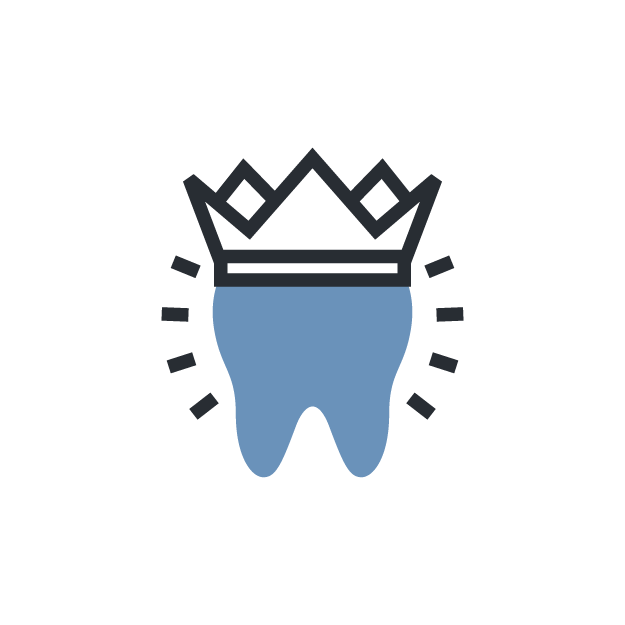
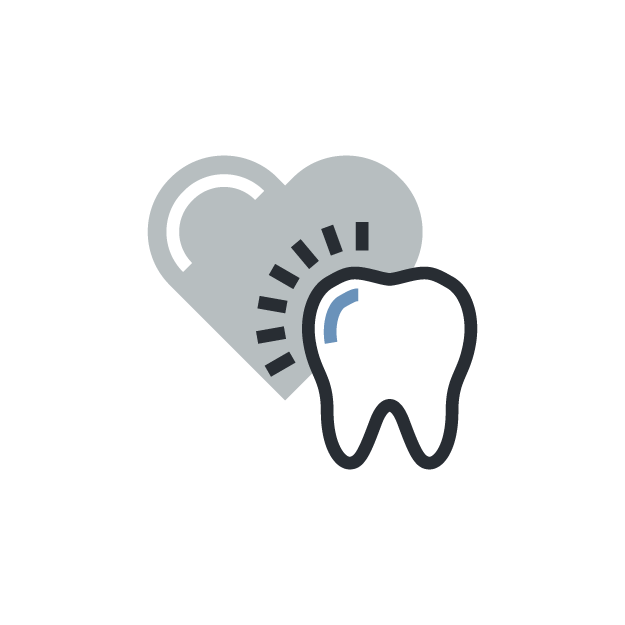

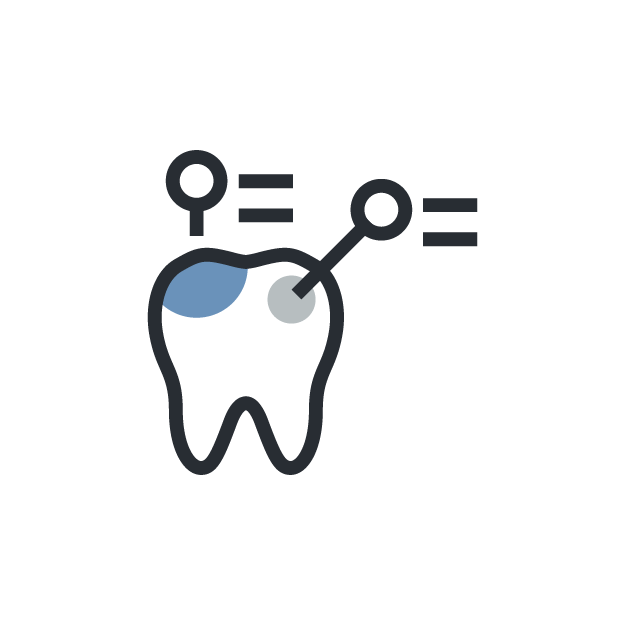
The CEREC Process, Explained
CEREC restorations offer a streamlined process, allowing for their creation and placement within a single dental appointment. The sophisticated CAD/CAM system is versatile, producing all-ceramic inlays, onlays, partial crowns, veneers, and crowns for both anterior and posterior teeth. The procedure unfolds in several steps. First, before treatment initiation, patients are informed about the benefits of CEREC. Following this, decayed tissue or defective fillings are removed, and a 3D image of the tooth is generated using the CEREC camera. Subsequently, the restoration is designed in-office on the CEREC system while patients wait. The CEREC milling unit then crafts the restoration from a ceramic block. Finally, the milled restoration is directly bonded to the tooth, completing the process efficiently and in a single appointment.
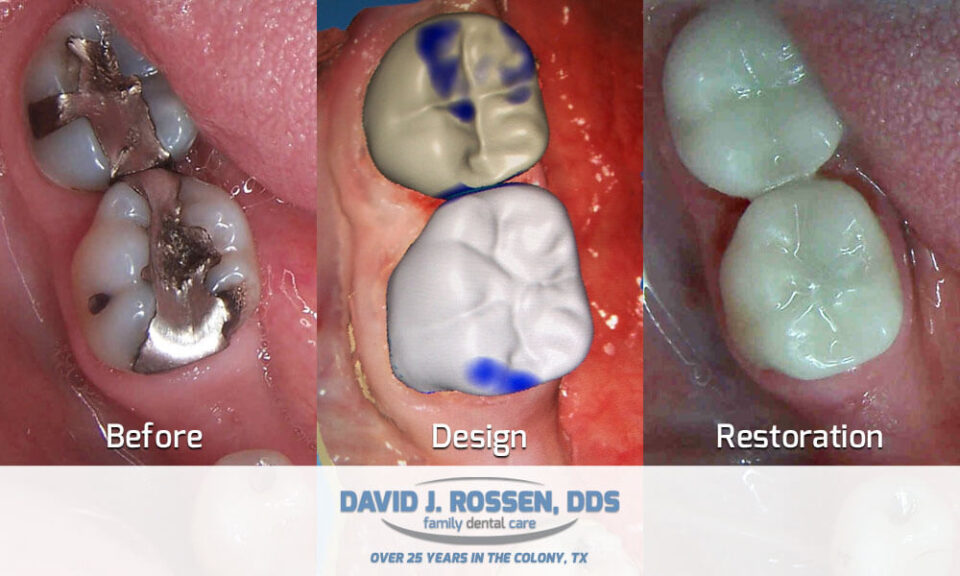
An Example of the Excellence with CEREC
This patient in the image to the left had two posterior crowns done in a single visit. The whole process took less than 90 minutes. You can see what the teeth looked like beforehand. The middle image is the crown design in the computer following the prep work and digital impression. And the final image shows the porcelain crowns placed in the mouth.
